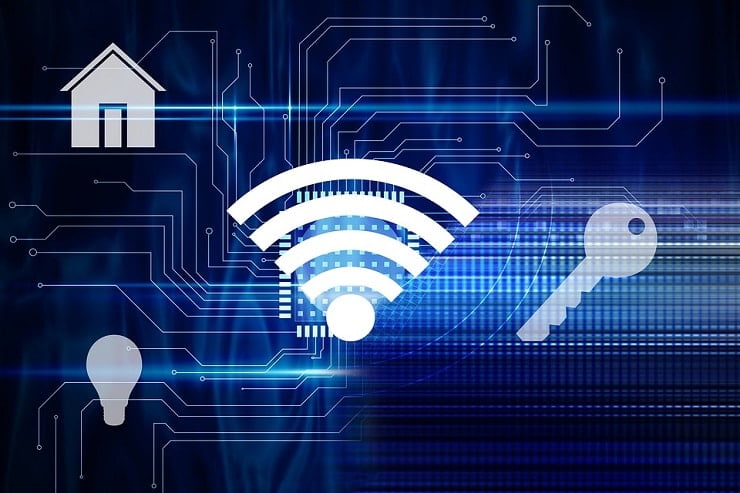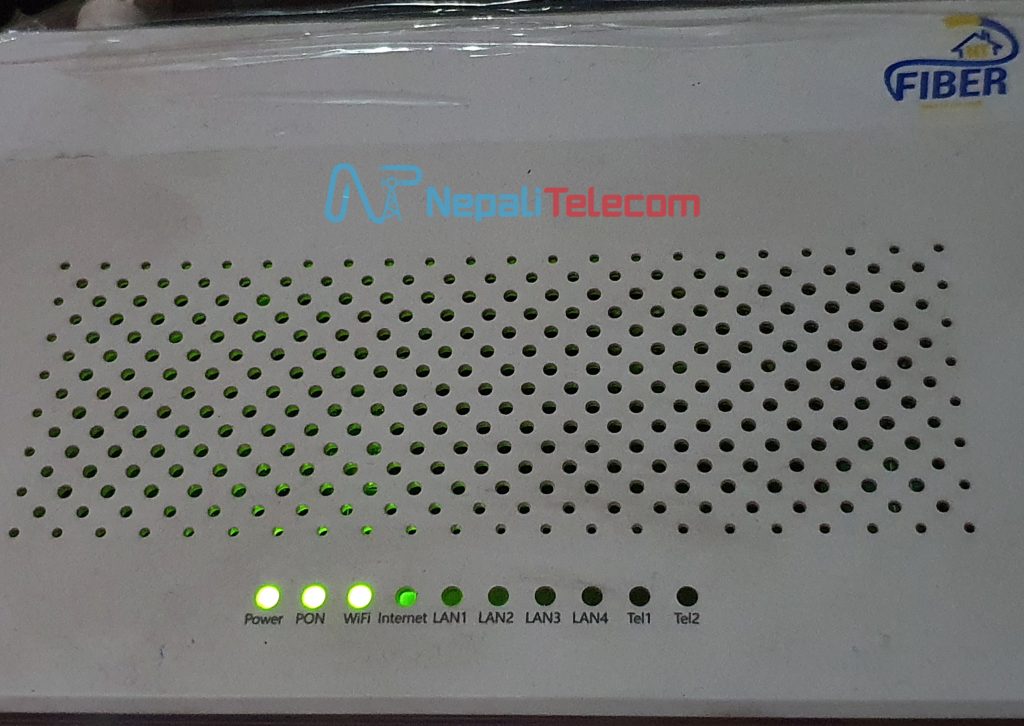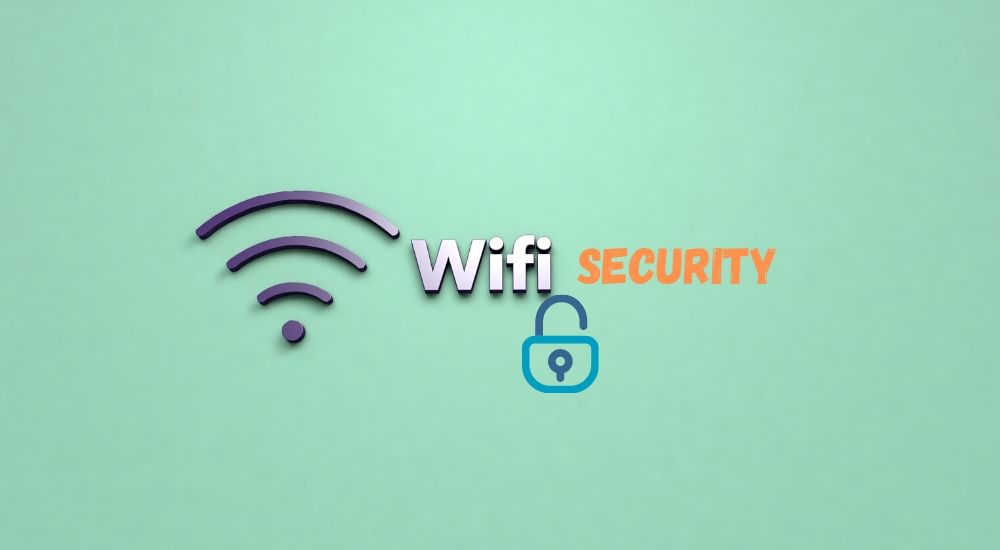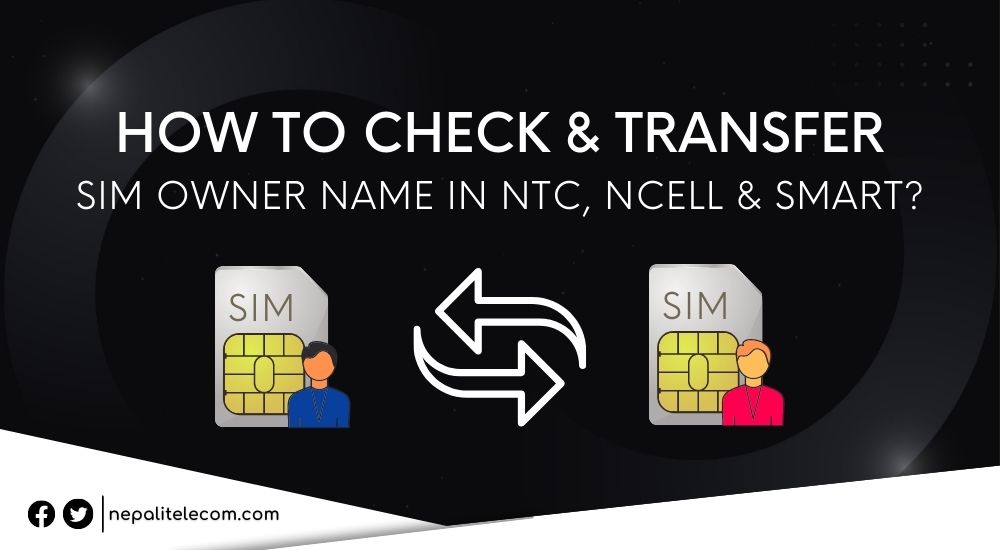Worried that someone is trying to breach your internet connection? Learn how you can secure your home WiFi from hacking with these easy methods.
If you are privileged with a WiFi connection at home, chances are high that some tech geeks around might try and gain access to your WiFi using online hacking tools. This not only reduces your bandwidth speed and your user experience but also puts your user data vulnerable to outsiders.
Data privacy is an important aspect of connectivity. Our inability to safeguard our internet activities poses a risk of online bullying, blackmail, and misuse of our online details. This is why implementing the necessary tools can help us fortify our connectivity and stay secure.
Cutting to the chase, it is not difficult to maximize your WiFi’s protection at home. We will enumerate key methods which will significantly improve your home WiFi’s security from hackers around you and bring to you peace of mind. Keep reading.
Also read: The Problem of Not Receiving OTPs Timely On Your Phone, Explained

Ascertain The Number of Users Connected to Your Home WiFi
If it shows more devices on your network than the devices you have in your house, someone has probably gained access to it. To do this, you can use some apps you find on Android and iOS like the Fing. You can install it on phone and start checking the model name, IMEI to confirm.
Hide your SSID
If you have connected all the devices to your home WiFi, then there is no need to make your WiFi visible. If you just hide its ID, it will make it difficult for others to figure if you even have a WiFi connection. This is the first easy step towards maximizing your WiFi’s security.
Use Strong Encryption And Password
Before using online tools, hackers or some tech geek would first try out some possible key combinations to check if they could connect. Avoid passwords that could be too obvious such as your name, password, admin, consecutive numbers like 1234… or your phone number.
The general rule of thumb is that the stronger password, the better secure it is. But what makes a stronger password?
It is a must that you use WPA 2 (if available use WPA 3) encryption over WEP and WPA to secure your home WiFi with maximum security. This encryption requires a minimum of 8 characters password. Similarly, you can use a combination of letters and numbers or other unique symbols such as @,*,$, etc.
In addition to this, WiFi passwords are case-sensitive. So in between the characters, you can use some letters in small or capital that will further heighten your password security.

Disable WiFi
If you are in the minority of those who use a wired LAN cable to connect to the internet, then you are a bit safer than the rest. To evade the external breach, you can disable the WiFi connection and limit it to only a wired connection to your desktop. Similarly, you can also turn off the Wifi hotspot when you are asleep or out of the home.
Check out: Sharing Internet Connection at Home is Prevalent in Nepal
WiFi Router placement and Limiting Signal Strength
Place the Wifi router in the middle of your home so that the network is uniformly available from all areas in the house. Also, limit your WiFi hotspot level to its minimum, yet accessible with good signal strength. By doing this, you can enjoy the internet with no issue while you will also ward off possible hackers due to the WiFi’s limited range.
Software Update to Reduce Vulnerabilities
Keeping your router up to date is crucial to safeguard your home WiFi from breaching attempts. as tech-savvies find new ways to crack the Router’s firewalls, not updating your Router’s firmware version subjects it to risk.
Router manufacturers occasionally release updates that upgrade safety features and improve security. Therefore, always keep your Router’s software up to date and reduce vulnerabilities.
Change Default Settings (Router Gateway, Router Login Password, And Default SSID)
Most of us leave the router to its default setting as it is and start browsing the internet. Doing so makes it easier for someone to retrieve your WiFi password and also steal personal data. That is why is advisable that you look through your router settings and a few tweaks and twists.
Start with a different SSID and a strong password as per your choice. Then you should disable the WPS function on your router. Doing this every device must enter the password to connect rather than just pushing the WPS button on the router. It is inconvenient but helps to secure your WiFi from falling easy prey to hackers.
Check out: How to Change Wifi Password for your home Internet?
Similarly, most routers come with similar login IDs and passwords such as admin, user, admin1. Since everyone knows about it, you should change the router’s password for better protection. Likewise, you should also change the gateway address of your router to disallow others from logging in to your router’s settings page.
Note: login to your WiFi setting page is easy. Most routers’ gateway is 192.168.1.1, 192.168.0.1, 192.168.1.254, or others. You can change its configurations after logging in to your router setting by entering one of these addresses on the web or using an app like this.
Secure Your Home WiFi With MAC Filtering
One of the best ways to fortify your WiFi is by enabling MAC address filtering. All types of smartphones, laptops, and desktops come with a MAC address.
These Media Access Control addresses or simply MAC addresses are hard-coded into the device and they remain static until users’ intervention to spoof it. With MAC address filtering you can only allow certain devices to connect and disallow others.
To MAC filter, go to your devices’ settings – About – status – MAC address. Copy those of all the devices and to go your router’s settings and check for the MAC filter option. Then add those MAC addresses one by one. Depending on what you want, you can either allow or disallow devices with those MAC addresses to connect or not. The tip is to further tighten up the security, hide the SSID after MAC filtering.
Check out: Internet content filtering in Nepal
How Do Hackers Approach?
There is a range of tools hackers can use based on their wizardry and available resources. Let’s explore some very common utility tools hackers have been using to crack WiFi passwords for years.
Smartphone users had Android Dumper at their disposal to crack WiFi passwords for quite some years. But it required the target network that had WEP encryption. Hacking a WiFi network takes a lot of patience and skills to achieve and it is more possible on computers.
Hackers have been exploiting Kali Linux, Aircrackm reaver-WPS, and other tools to breach into others’ WiFi with some success.
Hacking and gaining unauthorized access to others’ WiFi networks is unethical and immoral. No one should encourage or be encouraged into hacking and unsolicited use of other’s WiFi networks.
What do you think about the methods we compiled? They are the standard measures to secure your WiFi connection from possible hackers or tech geeks.
Recommended Read: How to Improve your Internet Speed at Home?
Implementing those methods would guarantee you a far more secure WiFi connection and you can do it without an expert’s help. If you have more to add to this, kindly let us know in the comments section below.











